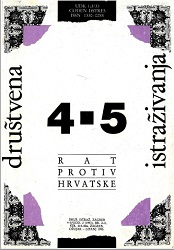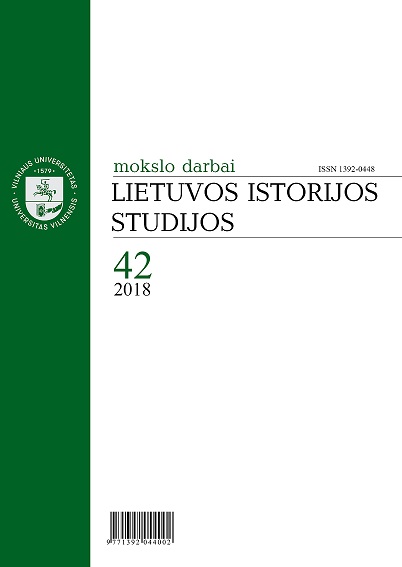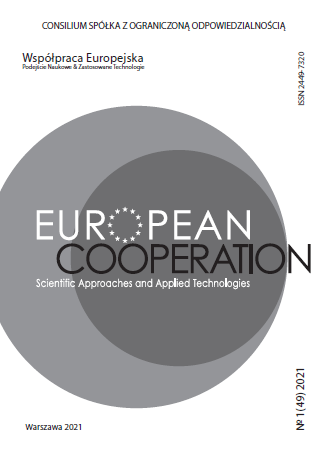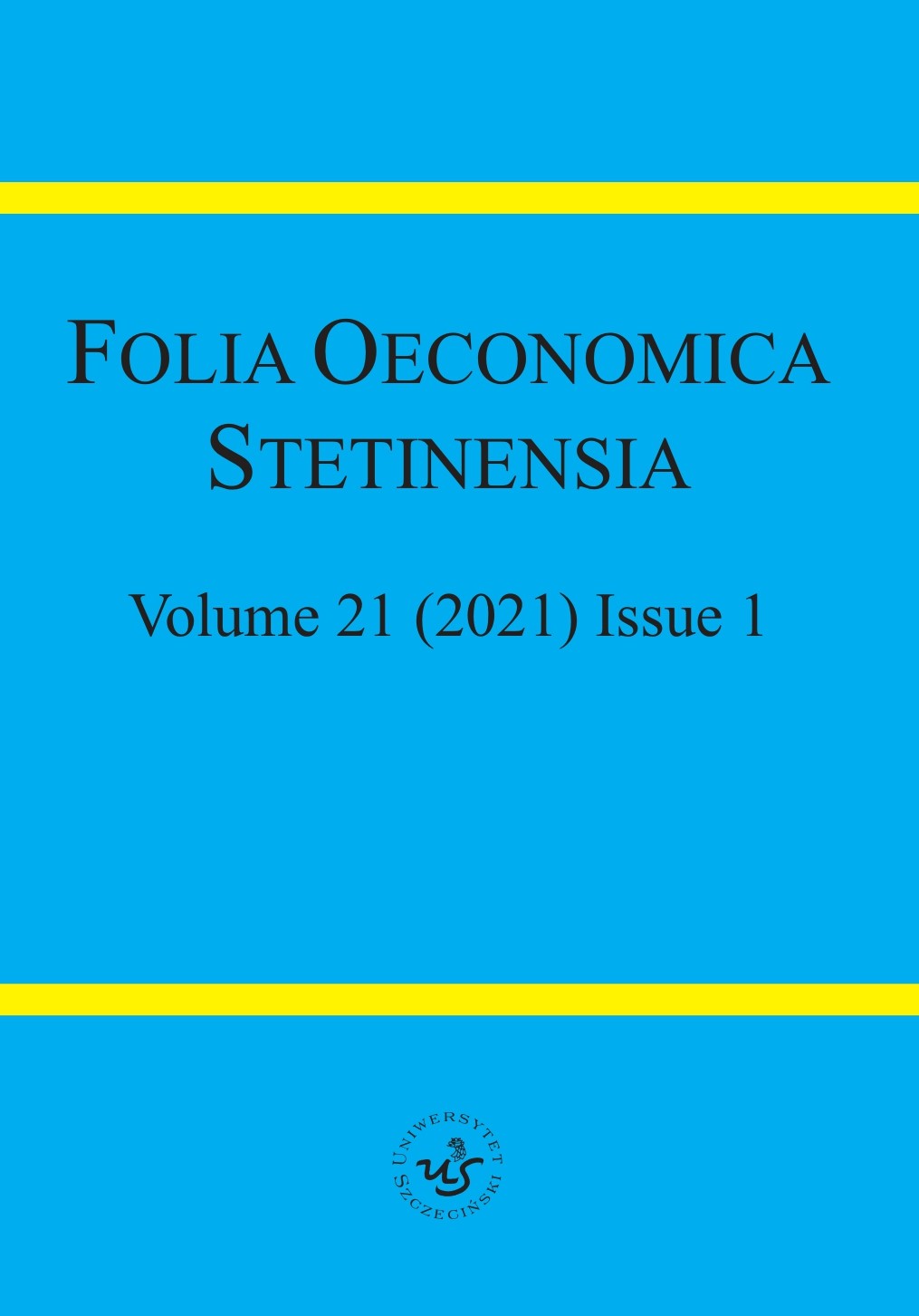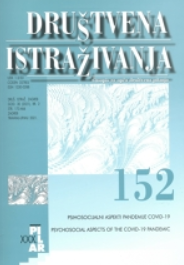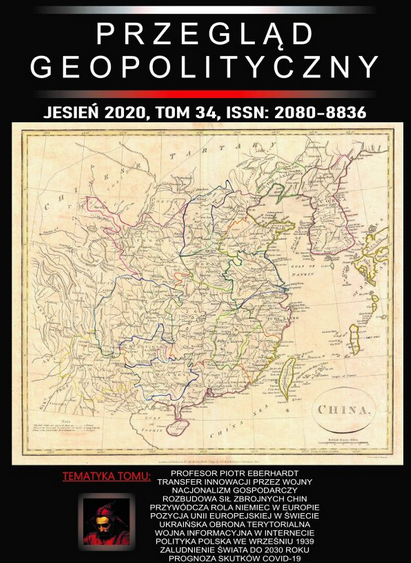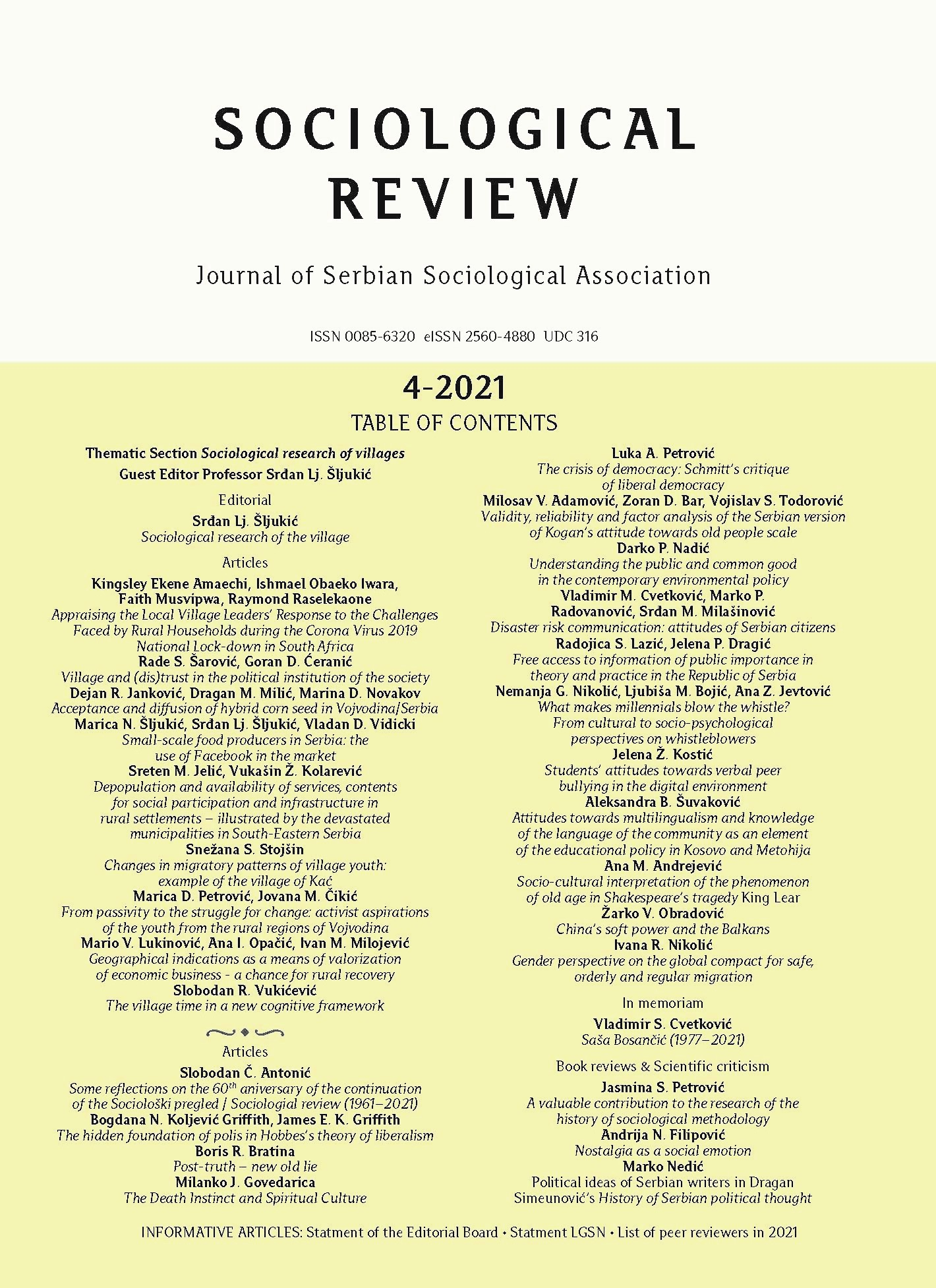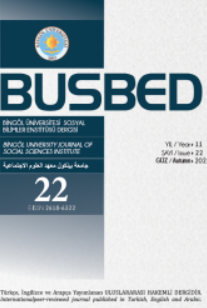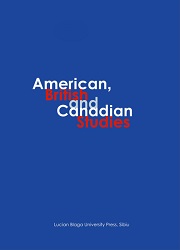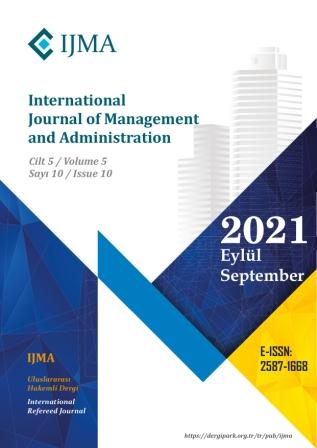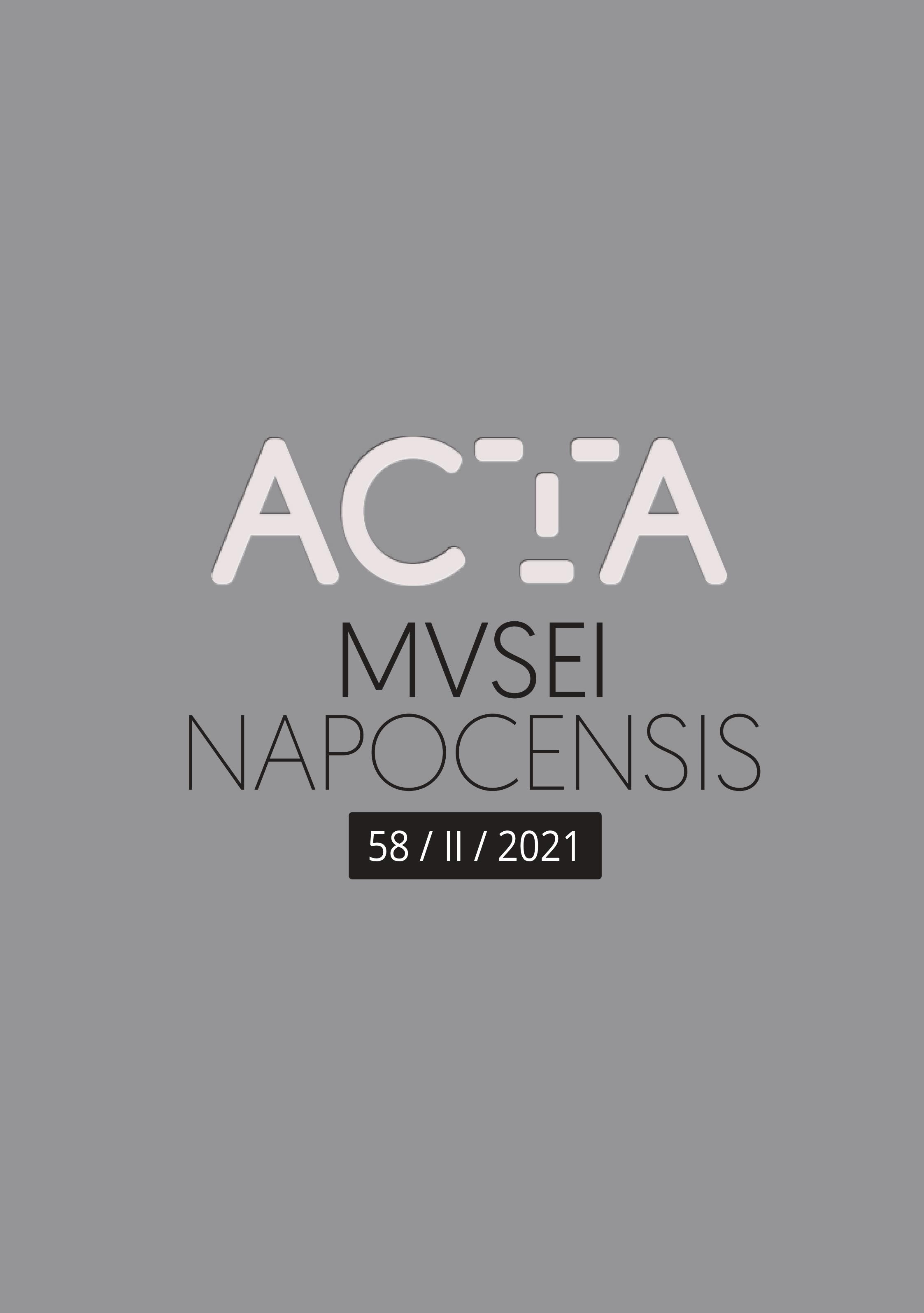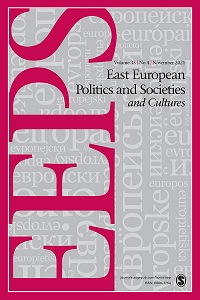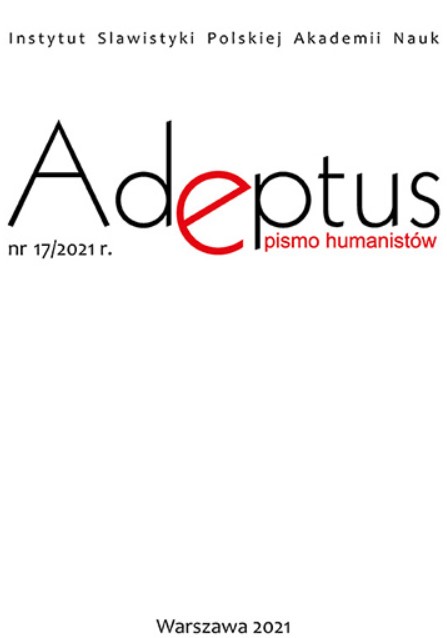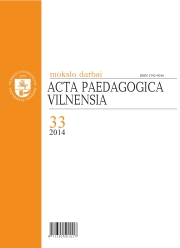
Vyresniųjų klasių mokinių profesinis tapatumas ir karjeros adaptyvumas*
This study focuses on two career development variables: vocational identity and career adaptability. Vocational identity reflects the way an individual defines oneself in a particular occupational area or a career path. Similarly to other forms of identity, it is thought to develop over time. Late adolescence is of an extreme importance in terms of vocational identity formation, as this is the time when high school students start seriously considering their future careers and prepare for the transition from school to higher education or work. Building on the works of J. Kroger and J. Marcia (2011), E. Crocetti et al. (2008), and W. Meeus et al. (1999), at least three identity dimensions can be distinguished: in-depth exploration, commitment, and reconsideration of commitment. They can be analyzed separately or as a combined pattern which reflects the dynamic nature of this construct. Although the above-mentioned identity dimensions are often explored in relation to various sociodemographic variables (for instance, gender or age), it is nonetheless important to look for their psychological or psychosocial correlates. Drawing on the Career Construction Theory, this study focuses, therefore, on the construct of career adaptability (Savickas & Porfeli, 2012) encompassing such adapt-abilities as concern, control, curiosity, and confidence in constructing one’s future career. These are defined as psychosocial resources to cope with occupational transitions and developmental tasks, and are hypotehsized to play a role in Įteikta 2014 05 29 Priimta 2014 07 07 HIGH-SCHOOL STUDENTS’ VOCATIONAL IDENTITY AND CAREER ADAPTABILITY Birutė Pociūtė, Antanas Kairys, Ieva Urbanavičiūtė, Audronė Liniauskaitė Summary the development of adolescents’ vocational identity. The current study had a twofold aim: a) to analyze the inter-relation between high-school students’ vocational identity and socio-demographic variables (gender, age, grade, GPA), and b) to explore the link between vocational identity and career adaptability. In total, 518 high school students took part in the study, of them 40.3% were male and 59.7% were female. Their age ranged from 14 to 19 years (mean, 16.46 years). The respondents filled out a composite questionnaire which included a demographic question list, the Utrecht Management of Identity Commitments Scale (U-MICS; Crocetti et al., 2008), and the Career Adapt-abilities Scale (CAAS; Savickas & Porfeli, 2012). The results showed no gender differences in terms of vocational identity. However, age was negatively correlated with the commitment dimension, whereas GPA was positively related with it (even after controlling for career adapt-ability). Compared among different grades, 10th grade students the showed strongest vocational identity in terms of commitment. In addition, vocational identity seems to be related to career adapt-ability. Two of the three identity dimensions (in-depth exploration and commitment) positively correlated with all career adapt-abilities, proving the relevance of this psychosocial construct for a better understanding adolescent vocational identity
More...
